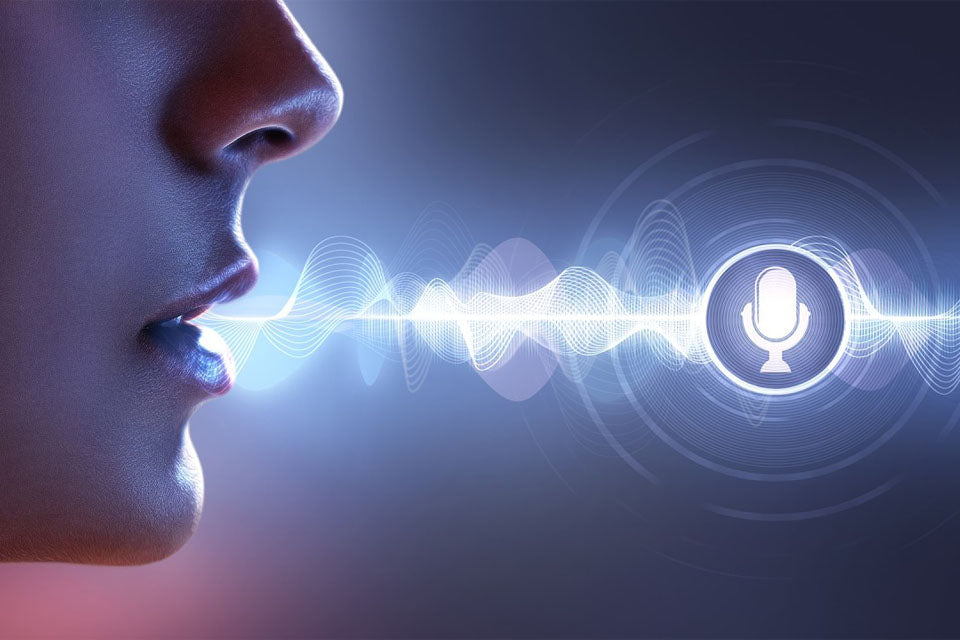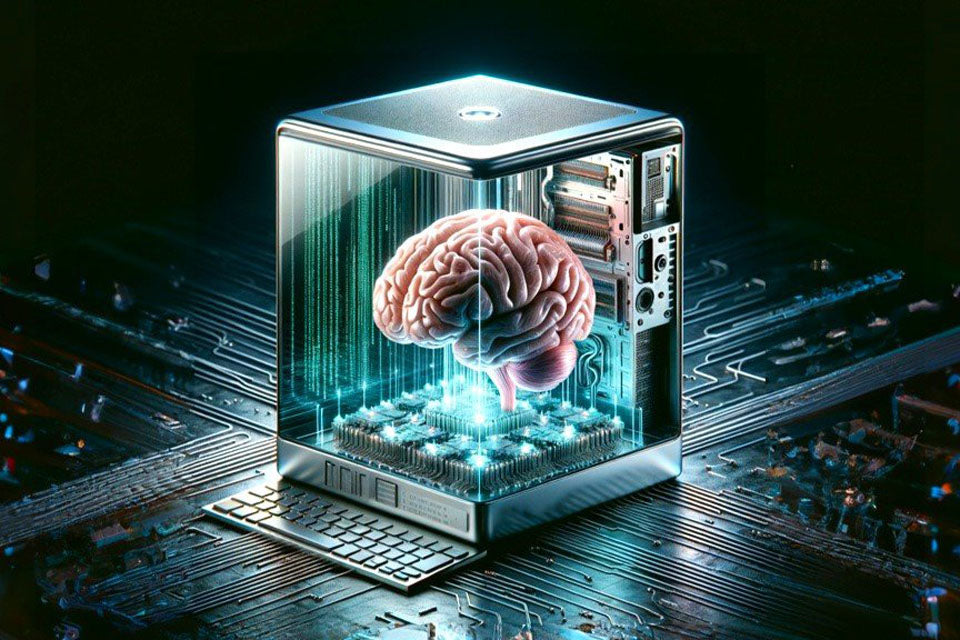
Voice-Activated Technology: Transforming the Way
Voice-activated technology, also known as voice recognition or voice-controlled technology, has rapidly evolved from a novelty feature to an integral part of our daily lives. From smart speakers like Amazon's Alexa and Google Home to voice-activated assistants on our smartphones, this technology is reshaping how we interact with devices and access information. In this blog, we'll explore the workings of voice-activated technology, its diverse applications, the benefits it offers, and the challenges that come with its widespread adoption.
How Voice-Activated Technology Works
Voice-activated technology relies on complex algorithms and artificial intelligence (AI) to recognize and process human speech. The technology can be broken down into several key components:
-
Speech Recognition: Speech recognition is the process by which a device translates spoken words into text. This is achieved using natural language processing (NLP), a subset of AI that enables machines to understand and interpret human language. The technology listens to the user's voice, converts it into a digital signal, and then analyzes it to identify the spoken words.
-
Natural Language Understanding (NLU): Once the speech is converted into text, natural language understanding comes into play. NLU helps the device understand the context and intent behind the spoken words, allowing it to respond appropriately. This is crucial for performing tasks such as answering questions, setting reminders, or controlling smart home devices.
-
Voice Synthesis: Voice synthesis, or text-to-speech (TTS), is the process by which the device generates a spoken response. After processing the user's request, the device uses TTS to convert the text-based response back into human-like speech, allowing for seamless interaction between the user and the device.
Applications of Voice-Activated Technology
The versatility of voice-activated technology has led to its adoption across a wide range of industries and applications:
-
Smart Home Devices: Voice-activated technology is at the core of many smart home devices, allowing users to control everything from lighting and thermostats to security cameras and appliances with simple voice commands. This hands-free control makes managing home environments more convenient and accessible, especially for individuals with mobility challenges.
-
Virtual Assistants: Virtual assistants like Amazon Alexa, Google Assistant, and Apple's Siri have become ubiquitous, providing users with quick access to information, entertainment, and services. These assistants can perform tasks such as setting reminders, sending messages, making phone calls, and even placing online orders, all through voice commands.
-
Automotive Industry: In the automotive industry, voice-activated technology is enhancing the driving experience by enabling hands-free control of navigation, music, phone calls, and more. This reduces distractions and allows drivers to stay focused on the road while accessing essential services.
-
Healthcare: Voice-activated technology is making waves in healthcare by enabling voice-controlled electronic health records (EHRs), allowing doctors to update patient records hands-free. Additionally, voice assistants can provide patients with medication reminders, health tips, and even mental health support, making healthcare more accessible.
-
Customer Service: Businesses are increasingly adopting voice-activated technology in customer service applications, such as virtual customer service agents and interactive voice response (IVR) systems. These systems can handle customer inquiries, provide information, and even resolve issues without the need for human intervention.
-
Accessibility: Voice-activated technology is a game-changer for individuals with disabilities, providing them with greater independence and access to digital services. For example, individuals with visual impairments can use voice commands to navigate their devices, access information, and perform everyday tasks.






